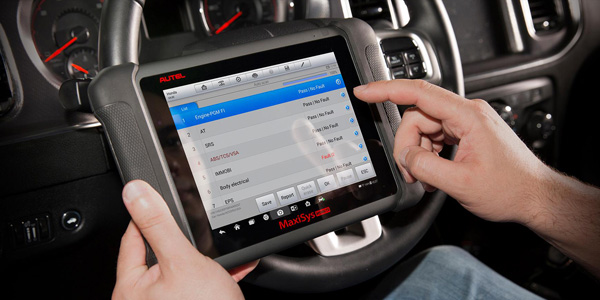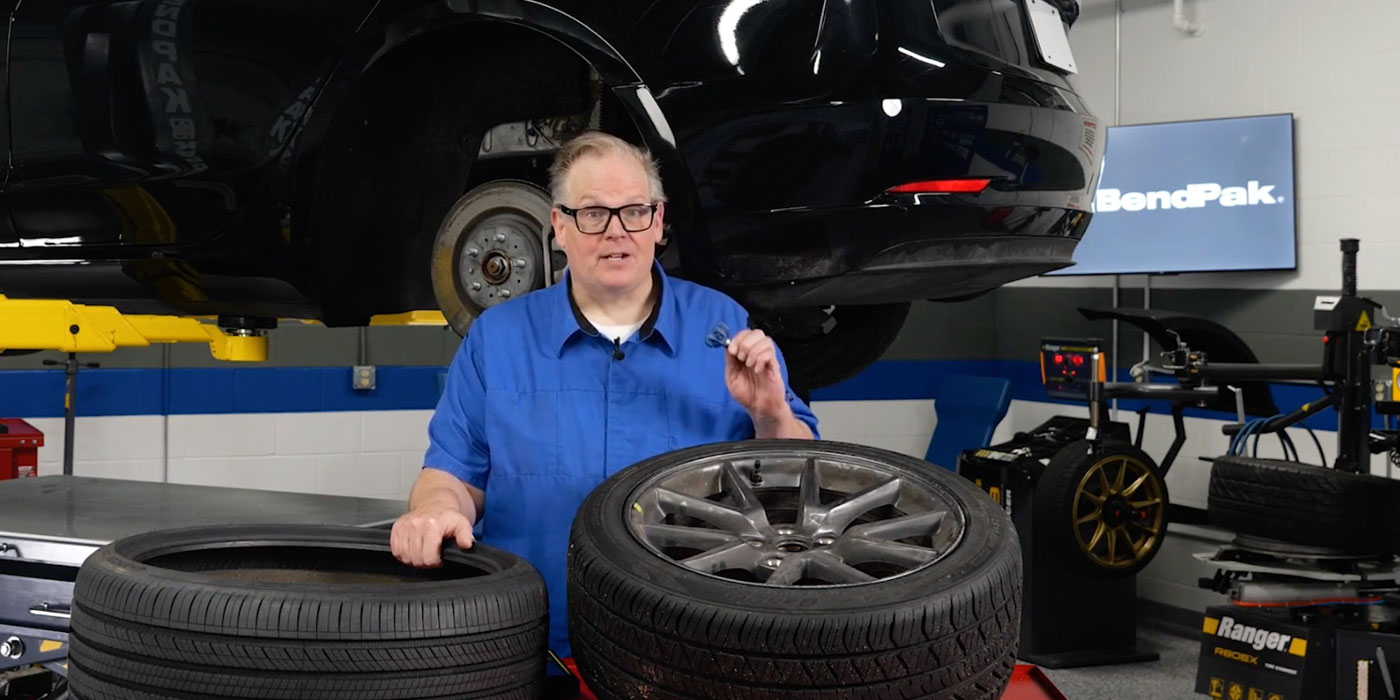
In the August 2018 issue, we said there’s a scan tool for every job. The type of scan tool that’s used for diagnostics can mean the difference between fixing the problem and just probing around the issue and not getting anywhere.
When the EPA began phasing in nationwide regulations for OBD II in the early 1990s, it was a big step forward for the automotive repair industry, even though OBD II was introduced primarily for emissions testing. Before that, in the era of OBD I, technicians used to count flashes on the dashboard or spend thousands of dollars on specialized tools to read the ECU. Today, a basic code reader can cost less than $20. Times certainly have changed, but so has the complexity of the systems they monitor.
An automotive scan tool, or scanner, is like a modern-day wrench. Technicians without a scanner can do very little to repair a vehicle other than to guess and throw parts at the problem, hoping they’re right. The scanner interfaces with the vehicle’s control modules to diagnose and sometimes reprogram the computer, depending on the scan tool.
There are many types of scanners available from several manufacturers. The high-end professional scanners are bi-directional computers with programming capabilities. The low-end device is a simple code reader that many parts retailers use to help customers with basic diagnostics.
All scan tools must be connected, whether through a Wi-Fi dongle or cable, to the vehicle’s data link connector (DLC). Some scanners might only read diagnostic trouble codes. Professional-level scanners have more capabilities. Scanners can show live data streams, have bi-directional controls and often are able to calibrate/program modules within specific parameters.

While most code readers will cover the basics of testing emissions systems, engine sensors and the like, they do not communicate with ABS, chassis/body or HVAC systems. These are proprietary to the manufacturer, and you will need a more robust scanner to read and test these systems. However, code readers still can be useful as an initial check on why the CEL popped on. It can scan a parameter ID (PID) and tell you which sensor was out of range or at fault. Many code readers can read live data and freeze-frame data from the moment the code was set. Code readers also are handy for testing readiness modes whenever an emissions-system code is reset.
Scan tools that reset tire-pressure monitoring systems (TPMS) also are a must-have for some repair shops. A good-quality, standalone TPMS scanner will be able to activate all types of TPMS sensors and read sensor IDs, pressures, temperature and battery condition, and be able to provide on-tool relearning and programming. The newest scanners have big color display screens and are very a good investment for shops that do TPMS service work.
High-end, professional-level scanners are a necessity for today’s technicians because vehicles are so much more complicated than they were even 10 years ago. These scanners can do so much more than reading codes, but they have a bigger price tag, which puts them out of reach for most DIYers. The basic scan tool can do a lot, but it won’t begin to cover what the more robust tools can do.
Technicians today have many tools available for diagnostics, but the tool is just that – a tool. It takes knowledge and a great deal of training to understand what the data means and how it affects the operation of the vehicle. Next time you plug in a code reader, try to think like a technician would and look beyond the codes.











